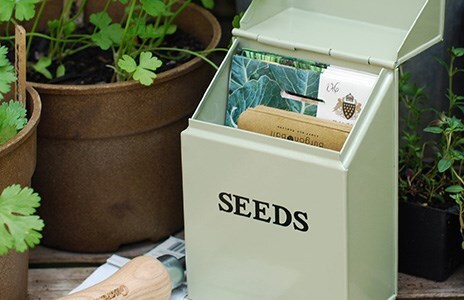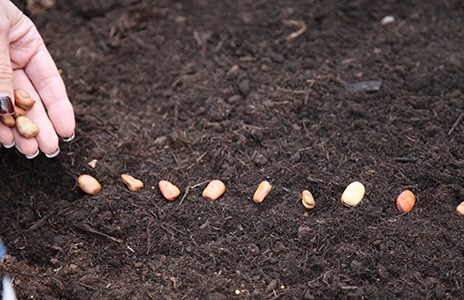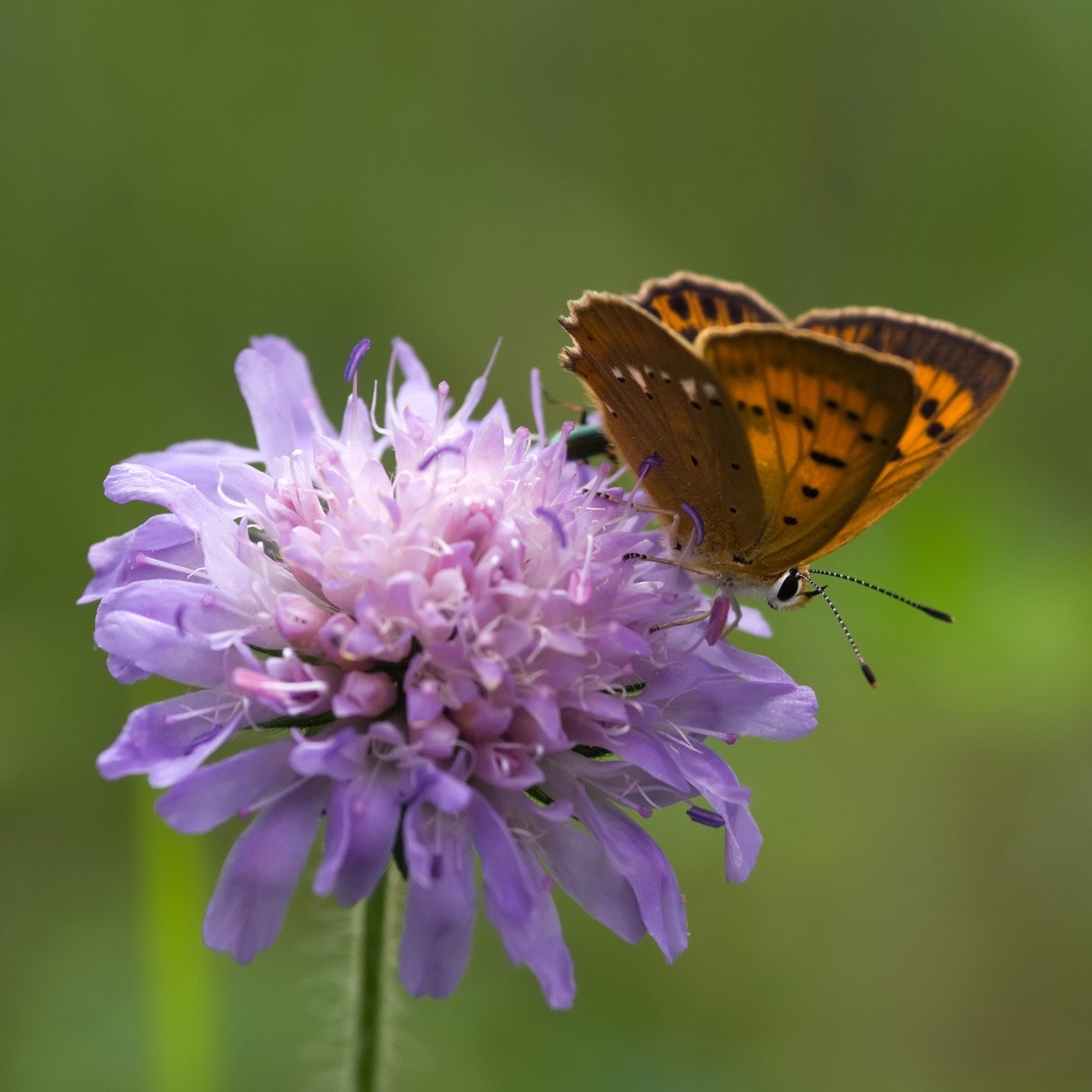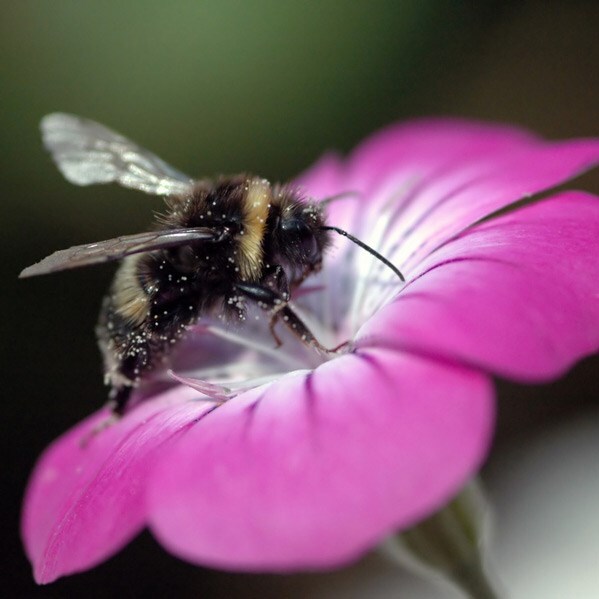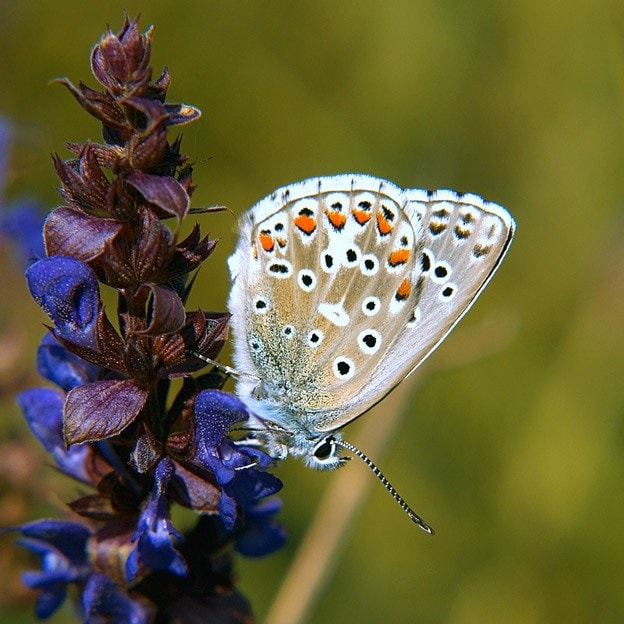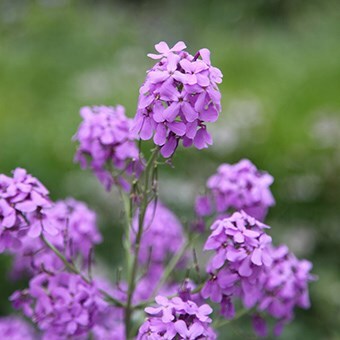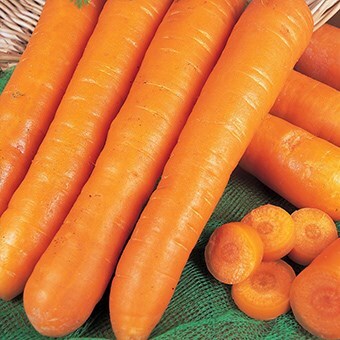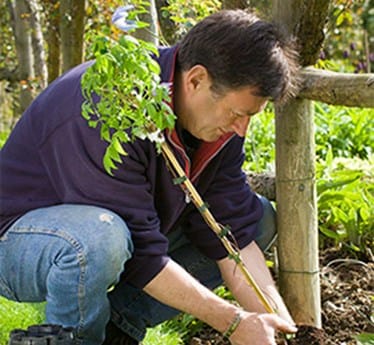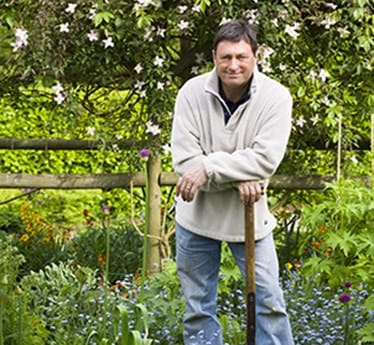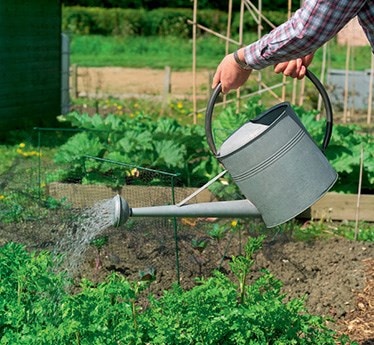Sowing seeds indoors
Having a controlled environment, means that sowing seeds indoors is usually a lot more successful than sowing outside. Tips to success:
- - Fill the seed tray or container with fresh seed-sowing compost, then lightly tamp the surface level, making sure there are no air pockets or lumps that might prevent even sowing.
- - Stand the seed tray in water until the surface darkens with moisture, then remove it and allow it to drain.
- - Sprinkle the seed evenly, or place a pinch of seed into your palm and tap it gently to scatter the seeds. Once sown, cover the seed with a thin layer of sieved compost (unless the seed needs light to germinate).
- - Label clearly with the name of the seed and the sowing date.
- - Place in a thermostatically controlled propagator set at the correct temperature, or stand it on a light, but shaded, windowsill.
- - Check daily for signs of germination. As soon as growth is evident, move the seedlings to a well-lit position that is out of direct sunlight, where the young plants can be kept at the required temperature.
As soon as the seedlings are large enough to handle safely, prick them out individually, into pots or seed trays filled with fresh compost. Take care to hold each seedling by the seed leaf, while supporting the roots using a pencil or plant label. Plant at the same depth as it was before, lightly firm it in and water carefully, and place in a well-lit position out of direct sunlight, where the temperature can be controlled.
"Take care to hold each seedling by the seed leaf, while supporting the roots using a pencil or plant label."
Sowing seeds outside
To germinate and grow on successfully, all seeds need sufficient warmth, moisture and air. If you sow too early, when the soil temperature is too low, the seed will simply sit and rot or be eaten. You can help increase your chances by covering the ground with polythene beforehand to help warm the soil, and protect your seedbed with cloches or garden fleece to maintain the temperature after sowing. Tips to success outside:
- - Prepare a seedbed by digging the soil thoroughly, and then allow it to settle. Rake level and clear of any debris.
- - When the soil is warm enough and weather conditions allow, use a garden line or a straight-edged board as a guide, before dragging your forefinger, cane or corner of a hoe in a straight line, across the surface of the seedbed to form a drill (shallow channel).
- - Make the drills about 1cm deep and space them 8-15cm apart, depending on the crop you are sowing.
- - Place a small amount of seed in the palm of your hand then take a pinch at a time and sprinkle it along the drill, so that the seed is spread thinly and evenly.
- - Use a rake to cover with a thin layer of soil, without disturbing the seed. Label the end of the row with the name of the crop and sowing date before watering gently.

